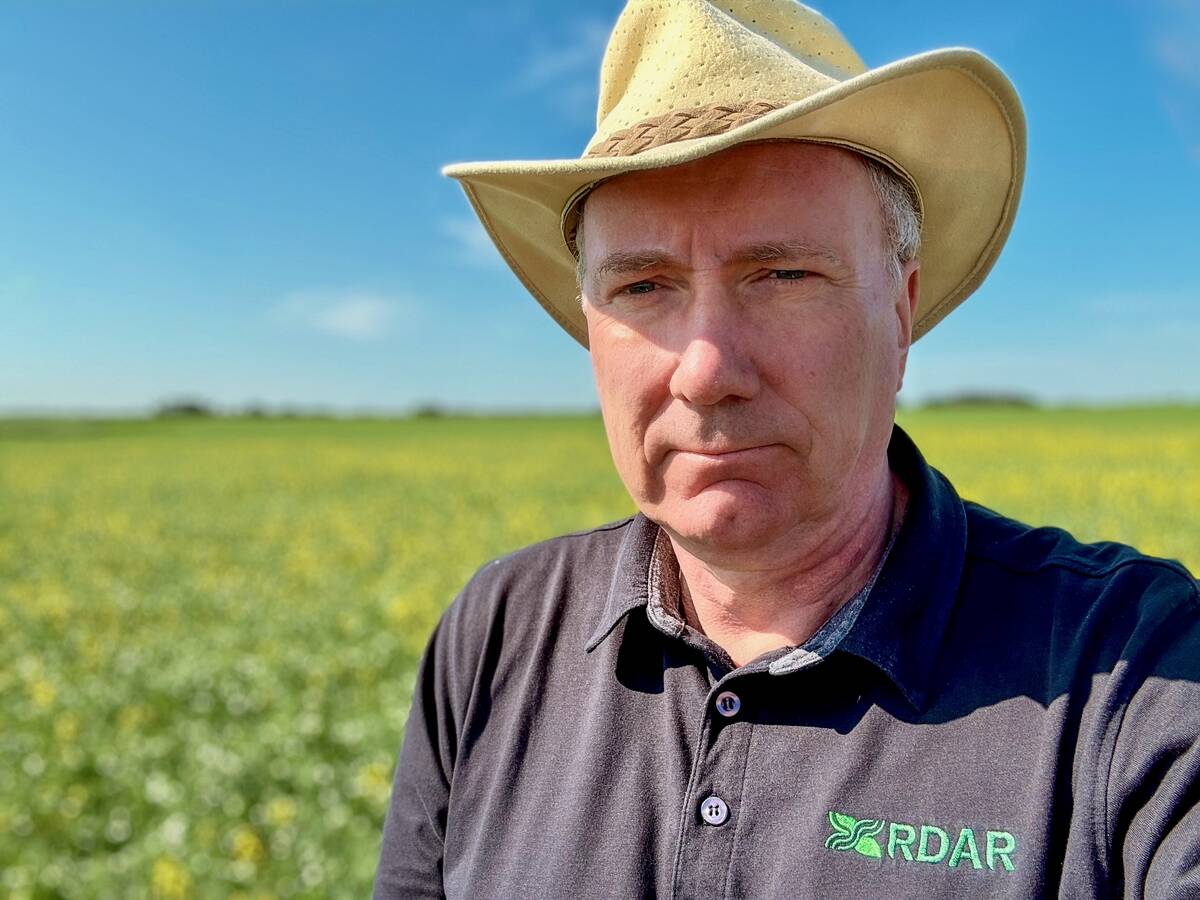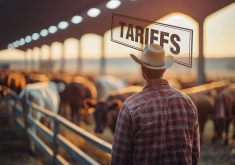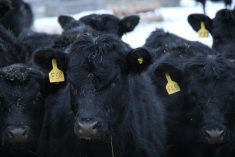Lower emissions, more exports and a more positive perception of the sector: Those are a few of the wins the beef industry says it is celebrating from the last two years.
The reported gains come from an update of the 2020-24 national beef strategy, a road map backed by seven major national organizations: the Beef Cattle Research Council, Canada Beef, Canadian Beef Breeds Council, Canadian Cattle Association, National Cattle Feeders’ Association, Canadian Roundtable for Sustainable Beef and Canadian Meat Council.
The update covers the final two years of the strategy.
Read Also

RDAR continues to become more relevant and useful to producers five years after its inception
RDAR has already amassed a strong resume five years after its inception.
Craig Lehr, chair of both the BCRC and the Canadian Beef Advisors group, which is responsible for moving industry toward strategy goals, pointed to Canada’s relatively recent upgrade in BSE status.
In 2021, Canada finally clawed its way to negligible risk status, setting the stage for lingering trade barriers to fall away. Singapore has since removed all related restrictions, Japan has fully expanded access and Taiwan has removed all BSE restrictions.
Asian markets also opened wider under the Comprehensive and Progressive Trans-Pacific Partnership agreement, said Lehr.
“We’ve strengthened our exports. We hit over the $5-billion mark in exports, largely due to the CPTPP, and that’s without having access to China,” said Lehr. “That’s huge.”
China has been closed to Canadian beef since an atypical BSE case was found in Alberta in 2021.
The increase in exports shows demand for Canadian beef and respect for quality of the product, Lehr said.
Court of public opinion
He particularly touted beef’s improved public reputation. The industry sunk considerable resources into that effort. It partnered with conservation organizations, and projects like the short documentary “Guardians of the Grasslands” characterized cattle and cattle farms as carbon-sequestering, ecosystem-preserving tools.
“We’re part of the solution, not part of the problem,” he said. “I think it’s huge to be able to swing that narrative. It really shows the industry is doing what it needs to do. We’re proving ourselves and what we do. That’s all done on the back of producer dollars.”
National and provincial cattle organizations have fought rounds in that ring, he noted. Social media has been a powerful tool to connect with the public and to praise the nutritional and environmental benefits of beef.
From 2014-22, greenhouse gas emissions from beef production dropped 15 per cent, said Lehr.
“Emissions have been reduced through research and improved cattle management. Genetics play a huge role in reducing emissions, as does running more efficient cattle and feeding them better.”
He also noted incoming technology, such as 3-NOP, a feed additive that reduces methane emissions and improves feed efficiency. Bovaer, a commercial product with 3-NOP as an active ingredient, was approved in Canada earlier this year.
Lehr said the Canadian Food Inspection Agency’s readiness to explore the additive was a positive step.
Storm clouds
It hasn’t all be rosy over the last two years. The pandemic exposed weaknesses in supply chains across the economy. Beef was no exception, as processing plant shutdowns affected markets.
“You can’t control everything, but we need to really do what we can to mitigate what can happen and have plans in place,” said Lehr.
Improvements can be made through lobbying, through investments in the supply chain and infrastructure, he added. The industry’s goal is to build more value chain resiliency.
Another big challenge is attracting youth to the industry.
“Beef producers, agriculture in general, everybody’s getting older and there’s not as much young coming up behind,” said Lehr, adding that young people may be reluctant to join the industry due to the economic climate and high cost of production.
Without family in the industry, young farmer hopefuls may not have enough capital to get started. Land prices continue to increase, and smaller ranches are disappearing as large ranches buy them up. Drought has been another serious challenge.
“Despite all of that, the industry keeps moving forward. I think that’s to be celebrated.”
Looking forward
Attention now turns to the next five years. A new national beef strategy is expected in January and will extend to 2030. Much of it will echo the last one, Lehr said, but it will be adjusted to continue growth and recognize sector progress from the past few years.
He expects it to have more focus on sector resiliency, issues brought up by COVID-19 and border shutdowns.
“We’ve also spent quite a bit of time talking about the youth as well. To me, that’s a really important part of the upcoming strategy … recognizing that we really need to bring youth into the industry and agriculture in general.”
There’s work to do, Lehr added, but the industry is “trying to do it as one voice, not 1,000 different approaches going at the same time.”
















